We got lost on the way from Dinard to the Normandy beaches, giving us a great view of the Normandy countryside.
Only after seeing the terrain - rolling hills and hedgerows can you understand how difficult combat was after
D-day. As we were traveling a small country road, we went past a small house flying the US Flag nearby
being a significant battlefield. Very moving. We stopped at Pointe du Hoc, which juts out into the sea, allowing
the Germans a commanding view up the Omaha beaches. It is where the 2nd Ranger Battalion scaled the 100-foot cliffs
to silence a battery of guns. The guns had been moved, but the Rangers found and destroyed them anyway. Looking
down to the beaches, it is hard to imagine climbing the cliffs under fire with the enemy simply dropping grenades
off the top. The area was left much as it was in 1944 with the pill boxes and trenches.
The next stop was the American Cemetery behind Omaha Beach. The 173 acres is one of fourteen permanent American
WWII cemeteries constructed on foreign soil. Some 9,386 service men and women are buried here including three Medal of
Honor recipients.
The group then went to a British D-day museum located in a small town where the Allies created a port. You can
still see the huge concrete barriers used to form an artificial harbor for the Allies to unload troops and
equipment. After a museum tour we had lunch outside in a sidewalk cafe then headed for Paris.
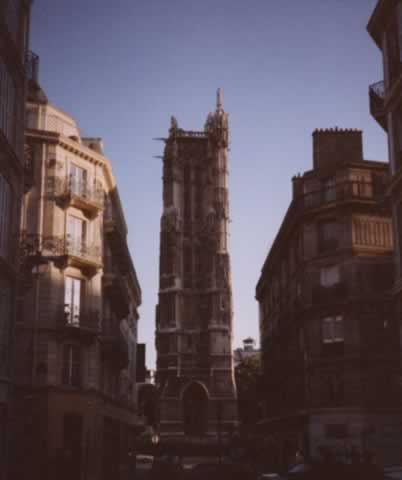
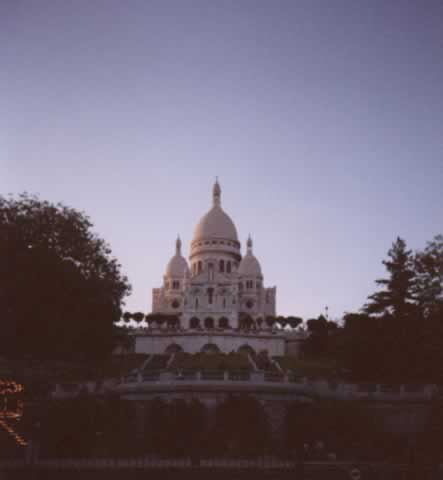
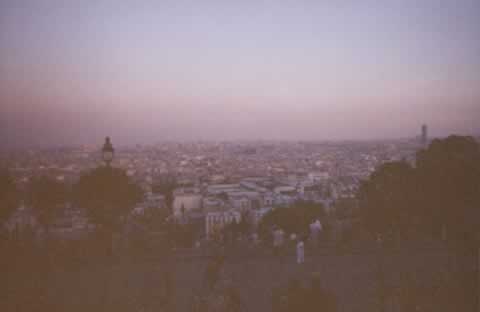
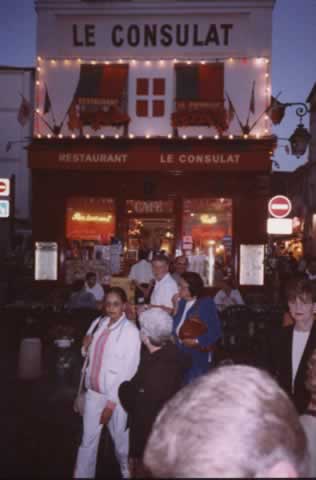
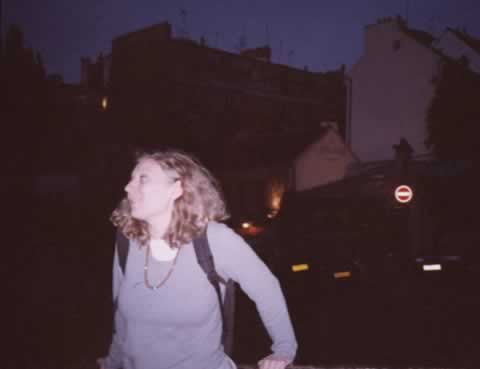
After Montmartre we took the subway to the Arc de Triomphe and strolled the Champs-Elysees for
several miles to the Louvre. It was a beautiful night and the night-life was hopping.